Sometimes it's the small things. Whenever she feels like it, Hannah Lang's daughter Mila, 4, can run down the hallway into her bedroom, shut the door and do whatever she wants.
That was hardly possible just over a year ago, when Lang and her family were living in a tiny, draughty cottage at Newstead. For almost $400 a week, it was cold in winter, with ”one bedroom and an office”.
But whatever Lang, 24, and her partner Terrence Blundell, 25, tried, they just couldn't get on the property ladder.
'We were really trying to make it somewhere, working as hard as we could at the time,” she says. 'We just weren't going anywhere, and couldn't see ourselves getting into the market at all.”
The couple turned to Habitat for Humanity, and in July last year they moved into a new three bedroom house in Hamilton. It's more private and a whole lot warmer, and Mila and her sister Avery, 1, both have their own rooms.
Waikato is 75,000 houses short over the next 40 years, says Waikato Housing Initiative's Nic Greene, and 20% of those homes should be "truly affordable". Video: Stuff.
And the neighbourhood, which includes other affordable homes, is good, with everyone looking out for each other, she says.
On cue, a neighbour's kid comes knocking on the door, basketball in hand. Can he use their hoop? Trouble is their car's parked under it at the moment. I'll shift it soon, Lang tells him. He disappears and soon the sound of a basketball bouncing joins the background noise of this quiet street as the youngster waits.
The house is a rent to buy, with no deposit, and Lang values the fact that it comes with the expectation of giving back by volunteering. The plan is that over time, what they are paying in rent becomes a deposit on the house, and they can get a mortgage from a bank.
The house is immaculately tidy. For now. 'When the girls get here, it's like a tornado.”
There are plenty of reasons why home ownership is good for people. Security, for a start, along with likely declining housing costs over time and a more comfortable retirement. But ownership in New Zealand has been dropping for 30 years, with Hamilton currently sitting at about 50%.
Housing affordability is a ferocious problem and three decades of decline can't be fixed overnight, but in Waikato some developers are setting the pace.
The rent to buy that is working so well for Lang and Blundell is one of many models for affordable home ownership, says Habitat Central Region CE Nic Greene.
Another is a development on Cambridge's outskirts in which the owner buys the house but not the land. That means some homes will cost $400,000 or less – about half the median – and the provider's goal is to keep households' spending on housing needs at about 30% of their income.
A further high-profile approach is one touted by developer Leonard Gardner, a high-density apartment-style build on the Sonning carpark site in Claudelands, potentially providing more than 200 homes within walking distance of the CBD. Again a unit price around $400,000 has been mentioned.
It's worth saying up front the Sonning proposal is not for social housing. 'These aren't rental properties. These are ones that people actually have that sense of ownership,” Gardner says. 'And they are provided with that opportunity to build some equity which can come through property ownership.”
Gardner's concept, on heritage Claudelands' doorstep, unsurprisingly met early opposition when it was leaked. Former deputy mayor Gordon Chesterman called a public meeting out of which Guardians of Claudelands is being formed.
'The concern isn't about affordable housing but about appropriate use of a site next to Hamilton's most important historical suburb,” Chesterman says.
There are other concerns, but the overriding one is that Sonning is on a historical pā site called Opoia, he says, and they are working closely with Ngāti Wairere, as mana whenua.
Ngāti Wairere historian Wiremu Puke says the site should become a green space and memorial to local Māori. It was once a pā site, understood to have been abandoned on the death of its rangatira Poukawa in the late 1840s or early 1850s, he told the Waikato Times. Often when such a chief died a pā could be abandoned and 'usually becomes a burial ground”.
Chesterman would be fine with what Puke proposes. He would also be fine with a hotel, if Ngāti Wairere approved the process and there was recognition of the site's significance, and he thinks the community would support it.
But he rattles off the objections to high density housing. There are geotech risks, 28 trains go past daily, causing vibrations, and 18,000 vehicles go past on River Road.
'Two hundred and sixty-two apartments. There'd be around 600 people and no car parks. That's almost as many people that live within the Claudelands Heritage Area on a site that measures just under a hectare.”
Mayor Paula Southgate says the council has agreed to work with the Guardians of Claudelands group to give them a say throughout the process. But it's early days for the proposal, and she further makes the point that the land, owned by the city council, has been earmarked for development for many years.
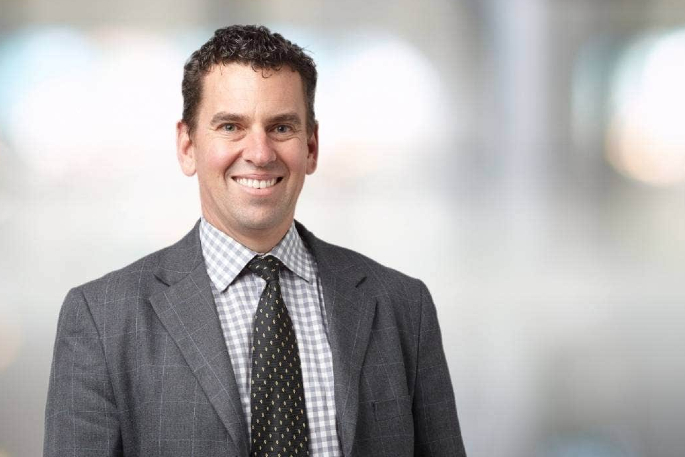
Leonard Gardner wants to help people step onto the property ladder. Photo: Supplied/Stuff.
Gardner, who attended the public meeting, wants people to suspend judgement until a more developed picture is presented, probably early next year.
At the moment, it's just a concept, says Gardner, who is CE of Fosters. 'We need to do some more density to give the CBD life,” he says. 'And we can either keep consuming land around us or we can learn what it means to have good density in the city.”
But it also has a greater significance for Gardner, who is concerned with creating affordable housing. 'It's more than just the initial affordable price, it's how do you create affordability in the long term?”
That could see capital gains controls put in place, but also relates to design. With an absence of car parking on site, and with the CBD a short walk away, residents can ditch the cost of car ownership, and then at weekends tap into the car share model currently offered by Mevo in Hamilton. 'Affordability isn't just the building product, affordability is actually the lifestyle that goes with it.”
One of the beauties of the Sonning site is the ability to charge more for homes overlooking the river and use that to offset the cost of others to make them affordable.
He has a model for his concept, Nightingale Housing in Melbourne, a not-for-profit that has been building apartments focused on affordability for the past decade. Plenty of them, Gardner notes, are right beside train tracks.
'My personal passion is in helping people step onto the property ladder,” he says. That means creating a lower rung. Social housing is important, he says, but the premise for his involvement is that it's affordable, owner-occupied housing. "And I think where there's a sense of ownership and opportunity, with these things, I think that changes the social dynamic.”
Apartment blocks have community, which he says is important. And it's about having scale to make a meaningful difference.
There were two triggers for Gardner. One was during Covid and seeing what was happening with emergency housing on Ulster St – 'something none of us are very proud of”. The other was the Government's urban development policy, with its focus on six storeys close to the CBD. That got him thinking. He used to run through Sonning carpark three or four times a week, and he could see the potential. It's on the south side of neighbouring houses, so won't be shading them. There are already some apartments in the vicinity. And there is connectivity to the green space of Opoia Park.
The engineering challenges lie ahead but the first thing is getting a scheme that works with the site and is sympathetic with the neighbourhood – while helping create a solution to housing unaffordability.
Carl Briggs, who has rented for the past 12 years in a block across the street from Sonning carpark, is relaxed about the development. He gets why people would be concerned about the loss of parking, but understands why affordable housing would go there. 'It makes sense, really, to utilise that land.” There are already a lot of apartments in the area, he says. For him, the main concern would be the noise during construction.
Another nearby resident, Beverley Pyke, thinks the proposal is not ideal because it's a 'huge project”. She queries the impact on parking, given how crowded surrounding streets already are, and whether the infrastructure is in place for people to use public transport. She also wonders about where children in the complex would play, with its proximity to the railway line.
Nic Greene says the Waikato Housing Initiative has a target of 20% of new housing being affordable.
Habitat's Nic Greene is also co-chair of the Waikato Housing Initiative, which in 2018 identified the region would be short of 75,000 houses over the next 40 years. 'It's a bit of a horrendous indictment,” he says.
So the stocktake identified a supply issue. But it's about supply of the right kind of housing, he says. Without incentives to build affordable housing, the market will keep building what it's been building. 'And that's created the situation that we see right now.”
The Housing Initiative's target is to make 20% of the new supply of housing affordable. With a likely pipeline of 30,000 builds over the next 20 years, that would mean 6000 affordable homes.
It helps that most Waikato people have a strong community heart, Greene says, speaking with his Habitat experience. 'The developers that we've worked with, Golden Homes in particular, are really strongly focused on not just making money. They need to do well, of course they do it. But they want to do some good along the way and so they're willing to take a bit of a hit to the margins that they make.”
True affordability is benchmarked to the people you are housing, Greene says. 'We work with families, and we try to understand what their circumstances are. And then we try to provide them with a solution that meets their circumstances. So if that's a rent to buy model, then that's the best one to deliver to them. If they're on a higher income, and it's a 90% of market – cool, 90% of market.”
And ownership is not for everyone, he says. Some just want secure tenure, and good rental laws can provide that. 'So you can solve the problem in multiple different ways.”
Councils have a lot of levers, he says. 'We need to make sure that the strategy around prioritising affordability is at the core of the planning for council.”
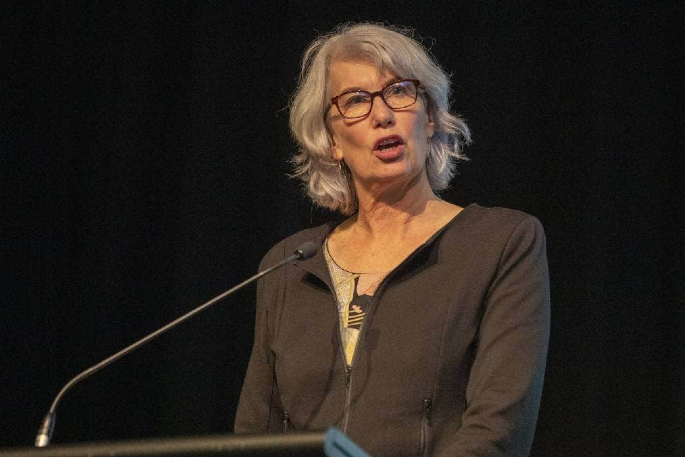
Mayor Paula Southgate says housing will be a focus of the new goal. Photo: Christel Yardley/Stuff.
Mayor Paula Southgate says housing will be a focus of the new council.
Hamilton City Council has discussed inclusionary zoning, a mechanism whereby developers are required to provide a proportion of affordable housing, often by making land available to community housing trusts.
Jennifer Palmer, of Bridge Housing Trust, describes it as a tax on developers. 'When a commercial development is happening, inclusionary zoning says 5% of that development must be earmarked for affordable housing.”
It is a favoured approach in Queenstown, but has yet to be adopted elsewhere in New Zealand. Greene says Tauranga is also looking at a development contribution remission for affordable housing.
Southgate says the city council is looking to see what levers it can pull on affordability, and housing will be a 'considerable focus” of the incoming council's set-up. 'What we have to do is create diverse types of homes. It also includes affordable rental in my view, but we need to create the types of dwellings that can be sold at a lesser price.”
Council is keen to look at inclusionary zoning through the district plan review, she says. 'I would be really surprised if that topic does not come to the fore within the next couple of months.”
She also cites the Fairfield-Enderley partnership with Kāinga Ora and other developers as an example of how the council can support lower-cost housing and strong community through strategic planning.
Greene makes the point that there is a Government expectation that the Infrastructure Acceleration Fund, with an announcement imminent for Hamilton, will support affordability.
The Government has poured a lot of money into emergency and transitional housing, he says. Kāinga Ora now also supports ownership through three funds, all aimed at reducing barriers. And the Government set up the Progressive Homeownership Fund in 2020 offering interest-free loans to those providing affordable homes. Before that 'there was literally no money for whatever colloquial term you want to use, the missing middle, the working poor, the people who were excluded from market ownership.”
The fund is starting to bear fruit, he says. The numbers are still small, but there's a pipeline of activity.
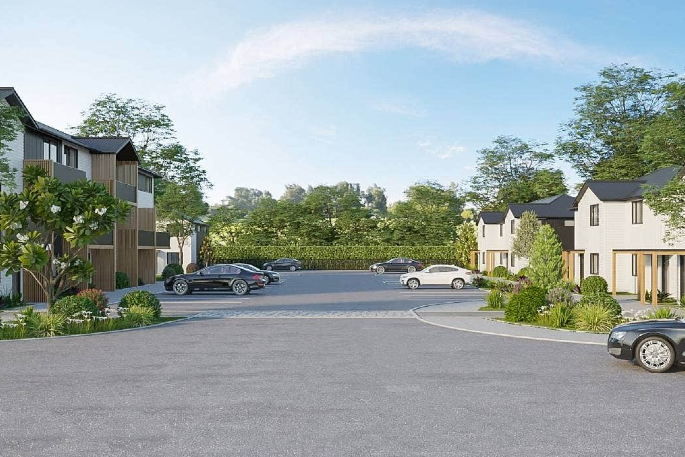
An artist's impression of the Peake Mews housing development in Cambridge. Photo: Supplied.
One initiative that has drawn on the fund is Peake Mews on Cambridge's outskirts, borrowing about $3.1 million from the $400 million pool.
The 42-home site is being developed by the Bridge Housing Trust which, it is fair to say, is a fast mover. About a year ago Simon Perry and others on the Brian Perry Charitable Trust had some projects winding down and began thinking about where they could make a difference. They were used to working in the health and wellbeing space.
'But it seemed reasonably evident that there's more fundamental needs out there around getting into homeownership,” Perry says.
So they set up the Bridge trust, and a year later construction is underway with the first 13 Peake Mews properties on the market. The premise is simple. Half the houses will be sold freehold, with buyers able to get funding support from Kāinga Ora. Their sales will help support the affordable half that are sold leasehold to first-home buyers.
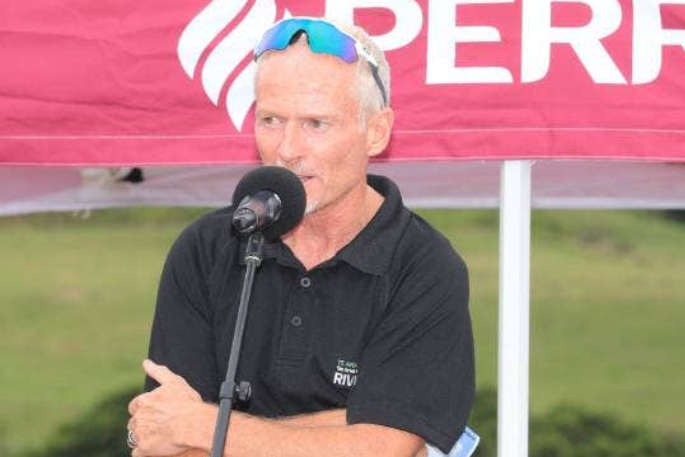
Simon Perry says a society of haves and have-nots is developing. Photo: Mark Taylor/Stuff.
A leasehold buyer can potentially get a home for $360,000 with a deposit of $20,000, says general manager Jennifer Palmer.
It's a secure 100 year lease, at about $100 a week, and the goal is to keep total spending on housing needs to about 30% of household income.
Future affordability is locked in because the owner sells back to the trust at the original price plus inflation. Palmer says they are working with about 100 families at various stages in the process.
The Brian Perry Charitable Trust owns the land and has gifted it. That speaks to the scale of the challenge for developers. Free land, a multi-million dollar government loan, a concerted push to make the housing affordable, and still they've worked out a household would need an income of about $90,000 or more.
If they had to buy land, the cheapest they could sell a two-bedroom home would be about $700,000, Palmer says. 'It's under 90% of median, but it's not affordable.”
She says the Progressive Ownership Fund is due to expire in 2024. The sector is hard at work lobbying to keep it going beyond that cutoff.
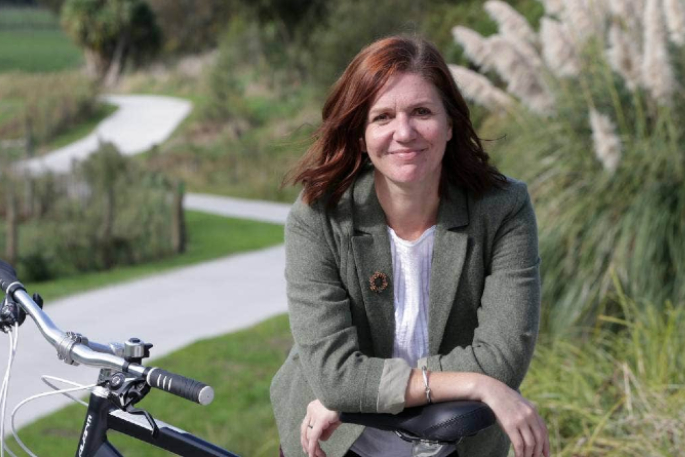
Jennifer Palmer of Bridge Housing Trust, which is responsible for Peake Mews. Photo: Stuff.
Peake Mews, based on a Queenstown model, is the first of many such developments in the region, Palmer says. Next is likely to be an adjoining property also owned by the Perry Trust, and Te Awa Lakes is also in their sights.
Simon Perry says Te Awa Lakes, a Perry Group development at Hamilton's northern gateway, has an obligation to provide 10% affordable housing under its consents, but wants to do a lot better than that. 'It's a combination really of providing smaller dwellings and apartment style living, but also working with the likes of Bridge Housing and other affordable housing entities,” he says.
Bridge Housing also wants to work with developers. He cites Queenstown again, where the Queenstown Lakes Community Housing Trust's biggest affordable build was 50 homes in an apartment block that it pre-purchased from the developer, thereby helping get the development off the ground.
All this follows generations of underinvestment in housing, Perry says, and a gradual slide for so-called generation rent, with problems ahead as people retire with no equity.
There's a society of haves and have-nots developing. 'It's a little bit concerning,” he says, and then remarks drily: 'The baby boomers have had a good ride.”
Gardner says he wants to provide people with opportunities they may not otherwise have. He acknowledges his is a privileged position when it comes to property ownership. 'But not everyone's in the same boat,” he says. 'I feel a bit of responsibility to try and help.”

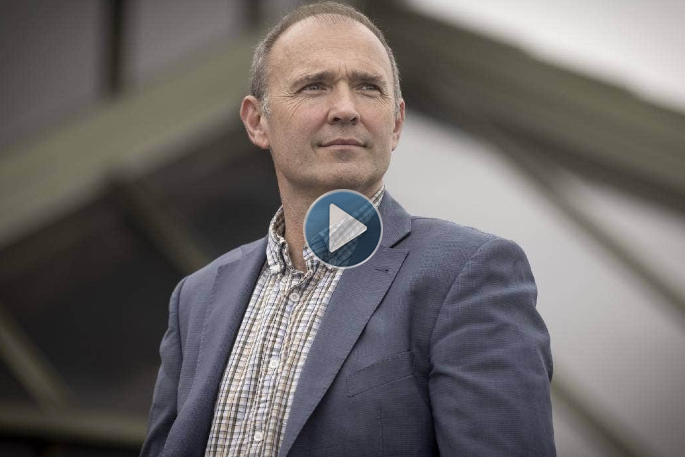

1 comment
Hmmm
Posted on 17-10-2022 20:20 | By Let's get real
I can't help thinking about the latest research that suggests that gang membership has increased by 55% since 2017.... What sort of housing do you imagine they will be targeting...?
Leave a Comment
You must be logged in to make a comment.